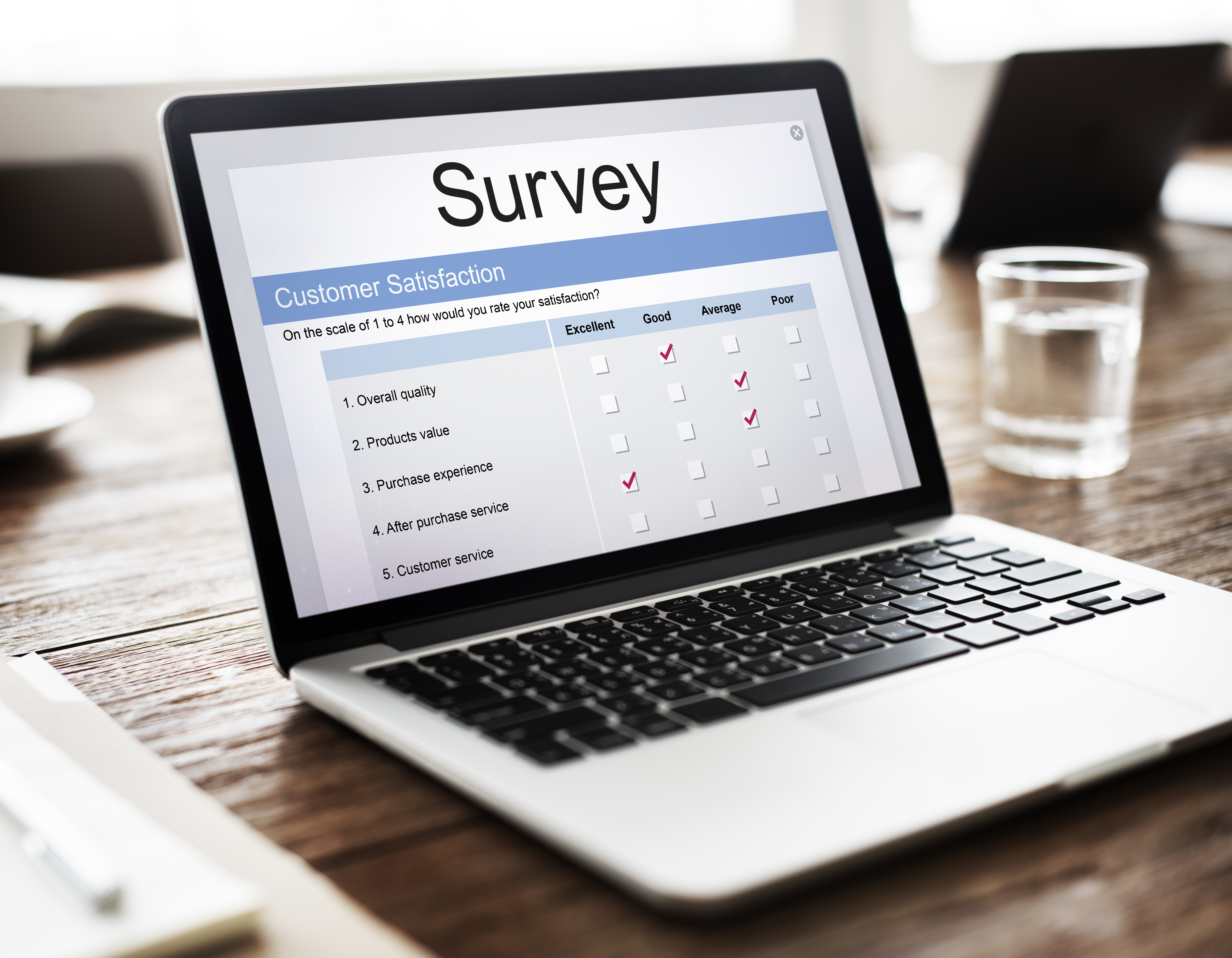Wednesday, August 23rd 2023
Enhancing HR Insights: The Power of Advanced Survey Data Filtering

In today's fast-paced business landscape, data-driven decision-making has become paramount for companies seeking to optimize their operations and enhance the employee experience. Human Resources (HR) teams play a crucial role in this endeavor, as they are responsible for shaping workplace dynamics and ensuring the well-being of employees. One of the most potent tools in the HR arsenal is survey data analysis. However, to extract accurate and actionable insights, HR professionals must harness the power of advanced data filtering. In this blog post, we'll explore why filtering survey data by various segments is vital for HR teams, and how AI-based people analytics platforms like TruPulse can revolutionize this process.
The Significance of Advanced Data Filtering
Diverse Insights for Inclusive Policies: Companies today strive to create inclusive workplaces where every employee's unique needs are met. By segmenting survey data based on factors like race, gender, age, and location, HR teams can identify trends and disparities that might otherwise go unnoticed. This data-driven approach enables organizations to design targeted strategies that promote diversity, equity, and inclusion.
Personalized Employee Experience: Employee engagement and satisfaction are critical for retention and productivity. Different segments of the workforce might have distinct preferences and pain points. By analyzing survey data based on department, job function, and length of time at the company, HR teams can tailor their strategies to meet the specific needs of various employee groups. This personalization enhances the employee experience and contributes to a more harmonious work environment.
Spotting Patterns and Trends: Segmented survey data helps HR teams identify patterns and trends that might not be apparent when looking at the overall data. For instance, specific departments or age groups might consistently report lower job satisfaction scores. With this information, HR can target interventions more effectively and proactively address potential issues.
Fostering Growth and Development: By analyzing survey data based on employee tenure, HR can gain insights into the evolving needs and expectations of employees over time. This information can guide the creation of professional development programs that align with career progression trajectories, leading to increased job satisfaction and retention.
The Value of Advanced Filtering
While segmenting data by individual factors provides valuable insights, combining multiple filters together offers an even more comprehensive understanding of the employee experience. Advanced filtering allows HR teams to zoom in on specific areas that require attention. Here's why advanced filtering matters:
Holistic Problem Solving: Complex workplace challenges often have multi-dimensional causes. Advanced filtering allows HR teams to dissect these challenges by analyzing data intersections. For example, by combining gender, department, and length of time at the company filters, HR can uncover nuanced insights that might reveal gender-related issues specific to particular departments and tenure brackets.
Prioritizing Resources: Resources are finite, and HR teams must allocate them wisely. Advanced filtering helps pinpoint high-priority areas that require immediate attention. By identifying the most pressing concerns through intricate data analysis, HR can allocate resources strategically to achieve the greatest impact.
Evidence-Based Decision Making: In the age of data, evidence-based decision-making reigns supreme. Advanced filtering provides the empirical foundation needed to drive initiatives forward. By identifying correlations and causations, HR teams can propose changes backed by data, increasing the likelihood of success.
AI-Powered People Analytics with TruPulse
In the quest for actionable insights, AI-driven people analytics platforms like TruPulse have emerged as invaluable tools for HR teams. These platforms take data analysis to a new level, offering real-time and continuous insights that are automated and tailored to the organization's needs. Here's how TruPulse and similar platforms revolutionize the HR landscape:
Efficiency and Accuracy: Manual data analysis is time-consuming and prone to human error. TruPulse utilizes advanced AI algorithms to process and analyze vast amounts of data quickly and accurately. This efficiency allows HR teams to focus on devising strategies and implementing changes rather than getting bogged down in data processing.
Real-Time Insights: The business landscape is dynamic, and HR decisions must keep pace. TruPulse provides real-time insights that capture the most up-to-date trends and patterns. This agility enables HR to address emerging issues promptly and make proactive decisions.
Customizable Filters: TruPulse and similar platforms offer a wide array of customizable filters that cater to the specific needs of each organization. Whether it's segmenting data by demographic factors, job-related variables, or a combination of both, these tools empower HR teams to explore insights from various angles.
Predictive Analytics: AI-powered platforms can go beyond basic data analysis by employing predictive analytics. By examining historical data and patterns, these platforms can forecast future trends and potential challenges. This forward-looking approach enables HR to take preemptive measures and anticipate employee needs.
In conclusion, segmented data filtering is a crucial practice for HR teams aiming to extract accurate and actionable insights from survey data. By analyzing data through filters like race, gender, location, age, department, job function, and length of time at a company, HR can design inclusive policies, enhance the employee experience, and make evidence-based decisions. The value of advanced filtering lies in its ability to provide nuanced insights and prioritize resources effectively.
The advent of AI-powered people analytics platforms like TruPulse takes this practice to the next level. These platforms automate data analysis, provide real-time insights, and offer customizable filters that cater to an organization's unique needs. As HR professionals embrace these tools, they're equipped to navigate the ever-evolving landscape of employee experiences, making data-driven decisions that foster growth, inclusivity, and organizational success.
Recent blog posts


